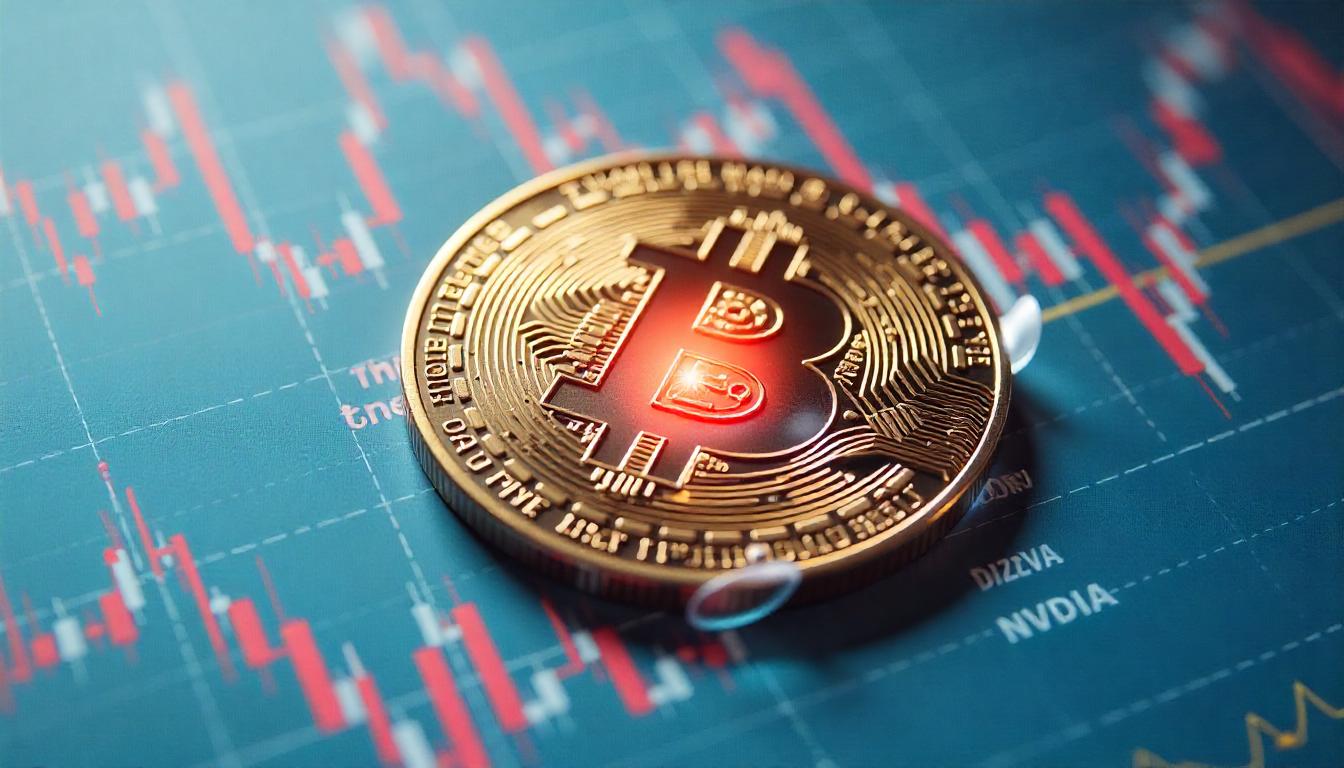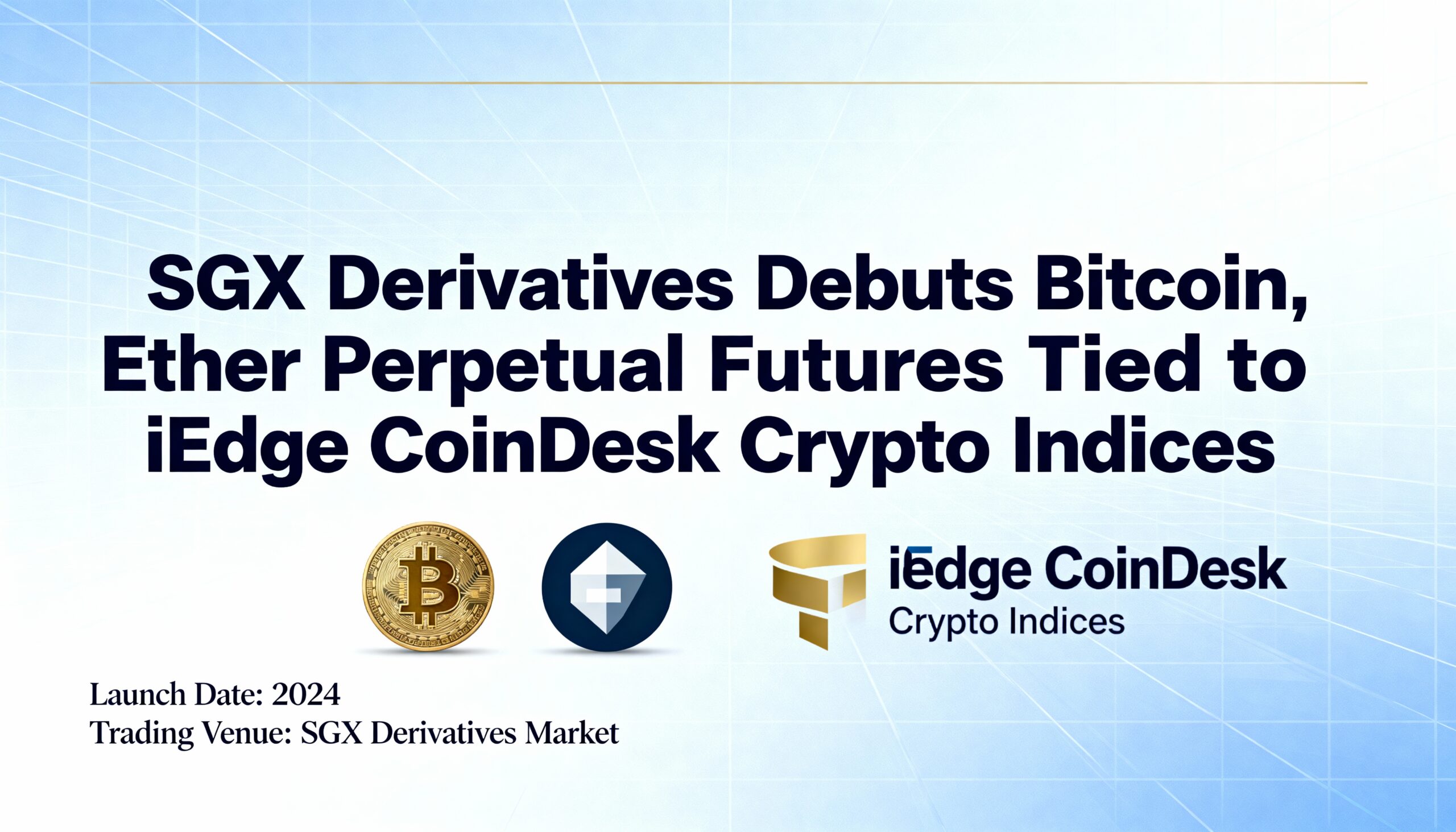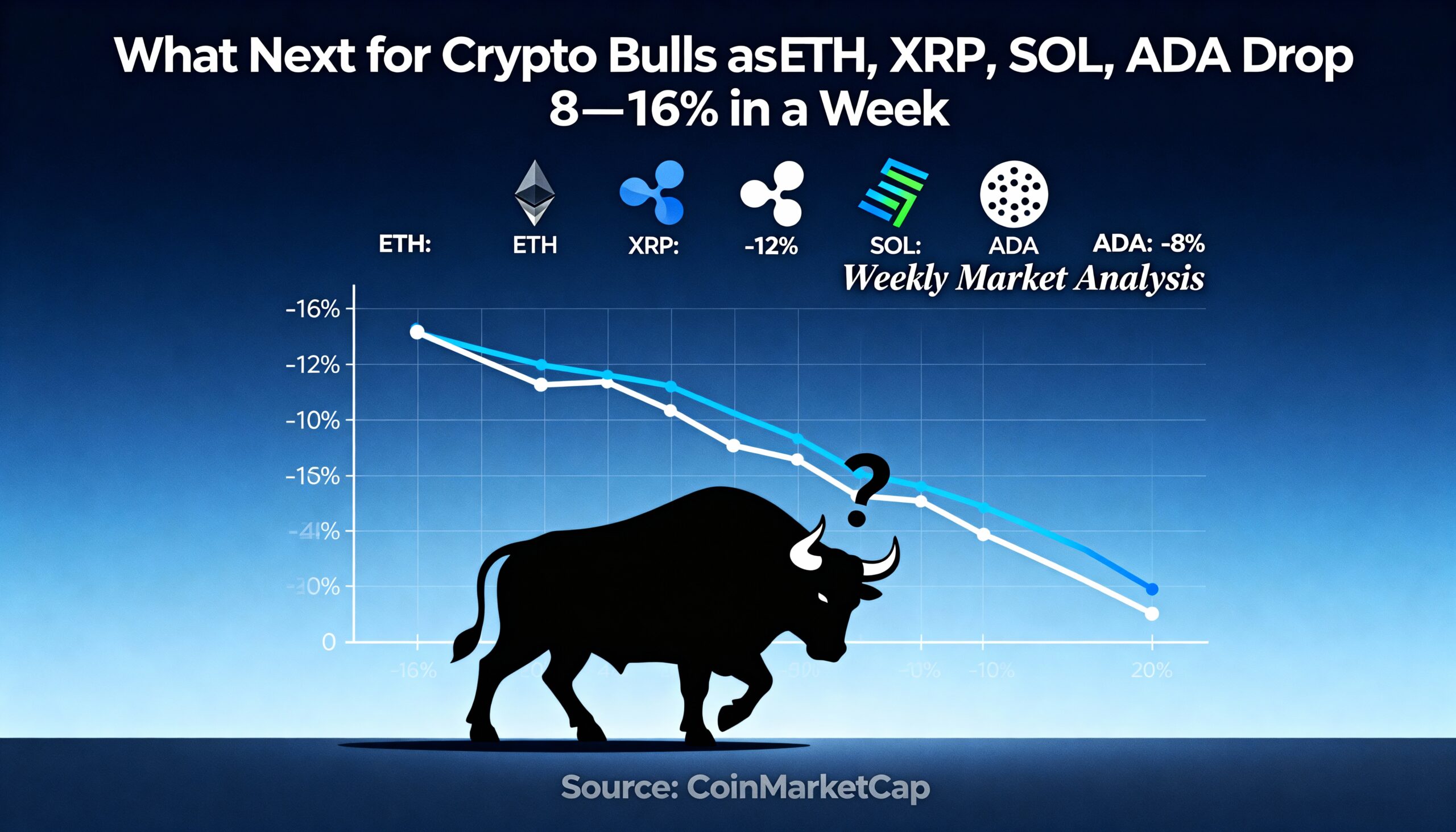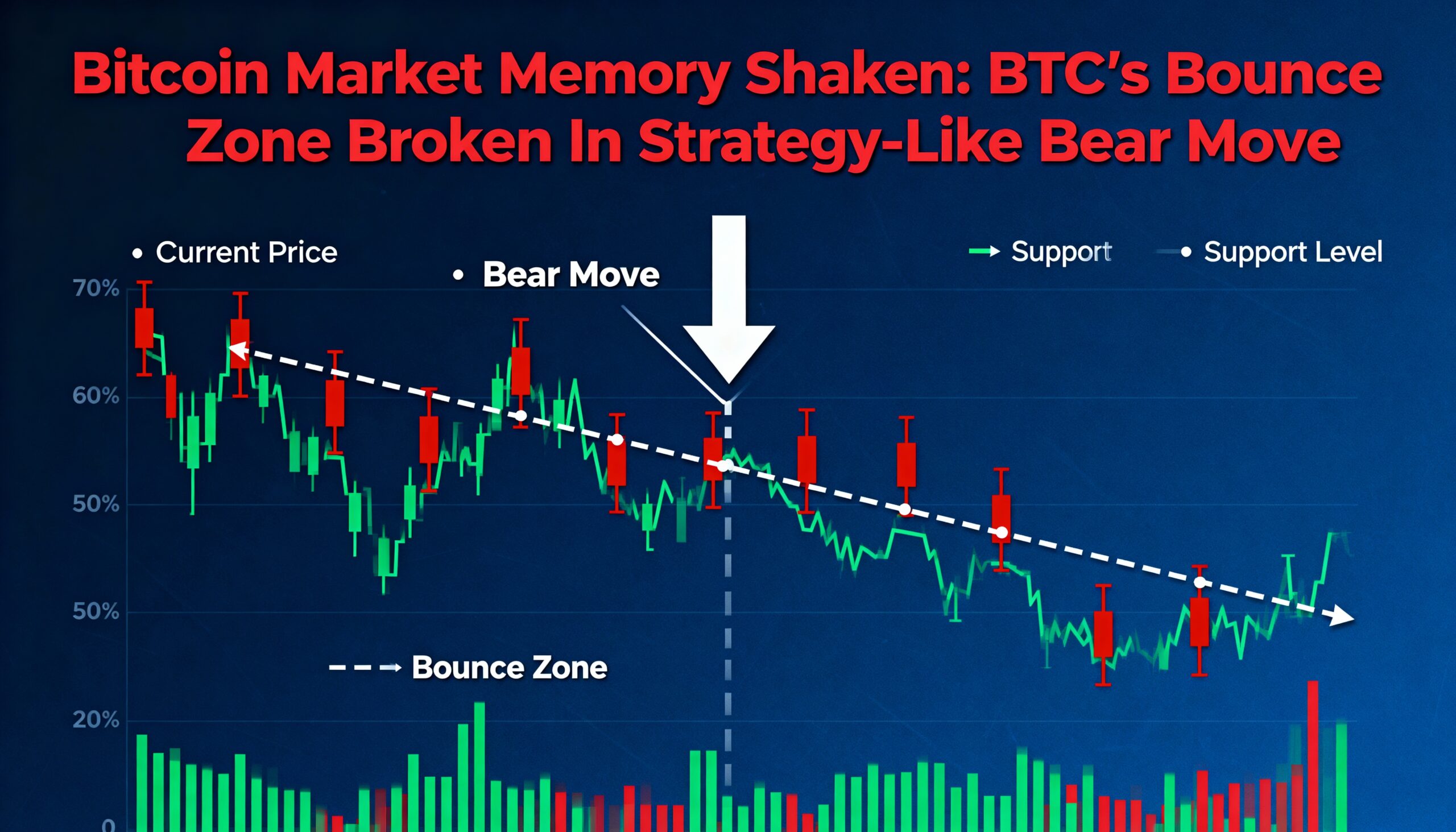
Bitcoin (BTC) has once again struggled to break free from its tight price range between $90,000 and $100,000 for the third consecutive week, with only a brief spike above the $100,000 mark on December 5. This ongoing price consolidation has left traders in a state of uncertainty, with two primary factors holding back further upward movement.
The first factor contributing to the stagnation is the slowdown in liquidity inflows into the cryptocurrency market, particularly through instruments like spot exchange-traded funds (ETFs). As the rate of liquidity growth has significantly slowed, the bullish momentum that had propelled Bitcoin to new highs earlier this year has lost steam. According to data from 10x Research, the market liquidity impulse index, which tracks factors such as stablecoin minting, Bitcoin ETF inflows, and changes in futures market parameters, has fallen from a high of over $15 billion in early November to just $7 billion. This marked decline in liquidity could help explain why Bitcoin has struggled to maintain levels above $100,000.
Markus Thielen, founder of 10x Research, noted that this deceleration in liquidity may be a key reason behind Bitcoin’s inability to hold above $100,000. He also pointed out that the liquidity indicator has been forming lower highs, which suggests a bearish divergence from Bitcoin’s price.
Stablecoins—cryptocurrencies pegged to fiat currencies like the U.S. dollar—are frequently used to facilitate crypto purchases, while ETFs offer a way for investors to gain exposure to Bitcoin without directly owning it. The same principle applies to CME’s cash-settled futures contracts.
The second factor weighing on Bitcoin’s price action is the recent loss of momentum in Nvidia’s (NVDA) stock, a key player in the AI sector. Since the launch of ChatGPT in late 2022, Nvidia has become a major indicator for risk assets, with its strong performance often driving the broader market. Bitcoin and Nvidia have been closely correlated since both assets bottomed out in late 2022, though this correlation weakened briefly over the summer. Currently, the three-month correlation between Bitcoin and Nvidia sits at 0.6, according to analysts at TheMarketEar.
The analysts believe that Bitcoin’s surge from $70,000 to $100,000 post-U.S. election has mirrored Nvidia’s rally, driven by similar investor psychology. While Nvidia’s stock has outperformed Bitcoin this year—gaining 172% compared to Bitcoin’s 130%—Nvidia’s momentum has stalled since mid-November. The stock now appears to be forming a bearish reversal pattern, and its one-year put-call skew is neutral, a shift from the earlier bullish sentiment.
As a result, the once-overheated bullish sentiment in the crypto market has cooled off, returning leverage levels to more sustainable levels. While Bitcoin may still attempt another breakout above $100,000, the success of this move will likely depend on the return of liquidity and broader market sentiment, including the performance of key risk assets like Nvidia.























